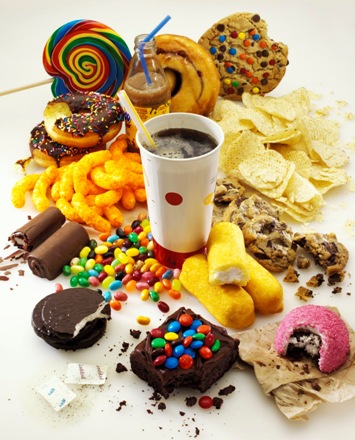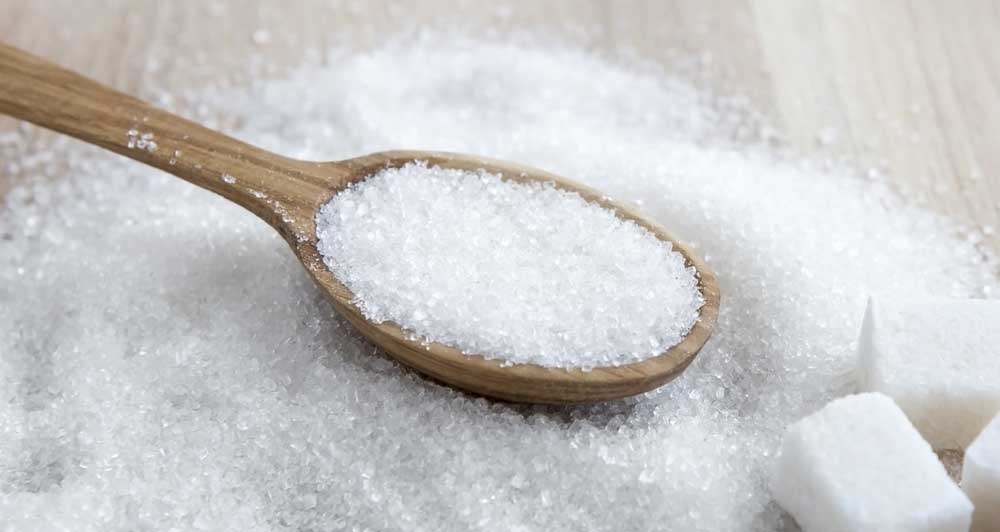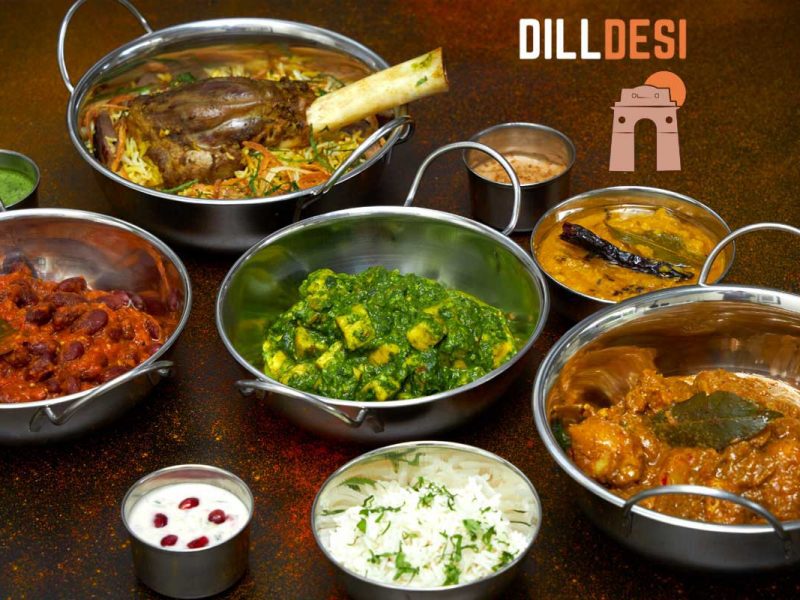You are Sweet Enough – Action on Sugar
By Kawther Hashem (Registered Nutritionist – Action on Sugar, @kawtherh)
Sugar
On its own, a little sugar is not damaging to your health – but you need to think about how much and how often you are eating it. In small amounts, sugar is unlikely to cause harm and can make some low fat, high fibre foods taste better, such as, a thin spread of jam on wholegrain bread, or a spoonful of honey on your porridge. Even a small serving of traditional sweets is hardly going to make you unwell or shift the balance of your whole diet.
But sugar has no nutritional value. It is empty calories, with no vitamins, minerals or fibre, and is really easy to overconsume, which is why sugar can lead to weight gain that increases the risk of type 2 diabetes, heart disease and some cancers. In this respect, and worryingly, 31% of children aged 2 to 15, 58% of women and 65% of men are classed as either overweight or obese, with almost 3.5 million people in the UK being diagnosed with diabetes (90% being type 2). These levels are higher in ethnic minorities. For example, children of Asian origin are about 9 times more likely to have type 2 diabetes than their White counterparts. Sugar is also the only reason why you would get substantial tooth decay – a leading cause of hospital admissions for children, with 31% of adults suffering from this dental menace.
 How much sugar should you eat?
How much sugar should you eat?
It is recommended that we eat no more than 5% of our daily energy in the form of ‘free sugars’, which includes all sugars (sugar, honey and syrups) apart from those found in whole fruit, vegetables and milk-based products. That’s a maximum of 30g of sugar a day for adults, which is roughly 7 teaspoons. Children should have less – no more than 19g a day for children aged 4 to 6 (5 teaspoons), and no more than 24g (6 teaspoons) for children aged 7 to 10. Alarmingly, we are currently eating, on average, 2-3 times more sugar than recommended, with levels being even higher in Asian communities.
Sugar is hidden
The majority of the sugar we eat, come from the everyday packaged foods and drinks we buy and eat. The top 5 contributors of sugar are soft drinks and juices, cereals, cakes and biscuits, sweets, chocolates and jams.
Let’s take soft drinks as an example to understand the amount of sugar in them. The majority of sugary soft drinks available in supermarkets exceed the maximum daily recommendation for sugar intake for an adult (30g) and a child (24g). It is therefore not possible to state that these drinks can be consumed as part of a ‘healthy balanced diet’, even though drinks companies claim it can be.
How much sugar?
- Cola 500ml bottle = 54g/ 14 tsp
- Energy drink 500ml can = 55g/ 14 tsp
- Orange juice 200ml glass = 16g/ 4 tsp
- Bottle of flavoured milk = 36g/ 9 tsp
- Flavoured coffee regular takeaway cup = 51g/ 13 tsp
- Lemon poppy seed muffin = 32g /8 tsp
- Two chocolate biscuits = 10g/ 3 tsp
- Bowl of frosted cereal = 11g/ 3 tsp
- Two slices of bread with jam = 27g/ 7 tsp
 Fruit juices also contain sugars. However, whereas the sugar found in whole fruit and vegetables is not of concern, drinking fruit and vegetables in the form of smoothies or unsweetened 100% fruit or vegetable juice, increases the amount of sugars in your diet. The sugar encapsulated within the cell structure of a whole piece of fruit or vegetable can not only be released as ‘free’ sugars when processed into fruit juice or smoothies, but can also reduce the fibre content. 150ml portion of a smoothie or 100% fruit juice, for example, can contribute towards a maximum of one of our 5 A DAY, which is important to achieve to help prevent many diseases.
Fruit juices also contain sugars. However, whereas the sugar found in whole fruit and vegetables is not of concern, drinking fruit and vegetables in the form of smoothies or unsweetened 100% fruit or vegetable juice, increases the amount of sugars in your diet. The sugar encapsulated within the cell structure of a whole piece of fruit or vegetable can not only be released as ‘free’ sugars when processed into fruit juice or smoothies, but can also reduce the fibre content. 150ml portion of a smoothie or 100% fruit juice, for example, can contribute towards a maximum of one of our 5 A DAY, which is important to achieve to help prevent many diseases.
However, we should not drink more than this so as to avoid excess sugar intake. These drinks are best consumed with a meal to reduce increasing the risk of tooth decay, and to improve absorption of iron due to their vitamin C content. Overall, however, the healthiest way to consume fruit and vegetables is to eat, rather than drink them.
5 ways to cut back on sugar
- Rethink the drinks you are drinking on a daily basis and try to either cut back and swap for water, or choose lower sugar varieties. Opt for water to quench your thirst instead.
- Check the labels. Compare the sugar content of different foods and choose the lower sugar and calorie option. Use the colour-coded labels on the front of a pack. Colour-coded labelling makes it easy to see at a glance if a product is high (red), medium (amber) or low (green) in total sugars, fat, saturates and salt.
- Remove sugar (white and brown), syrup, honey and molasses from the breakfast table — out of sight, out of mind!
- FoodSwitch UK, an award-winning free smartphone app, to help you find food and drink products with less sugar. Slowly get rid of the sweet-filled pantry and if very necessary stock up on small-sized sweets, chocolates or biscuits every now and then.





